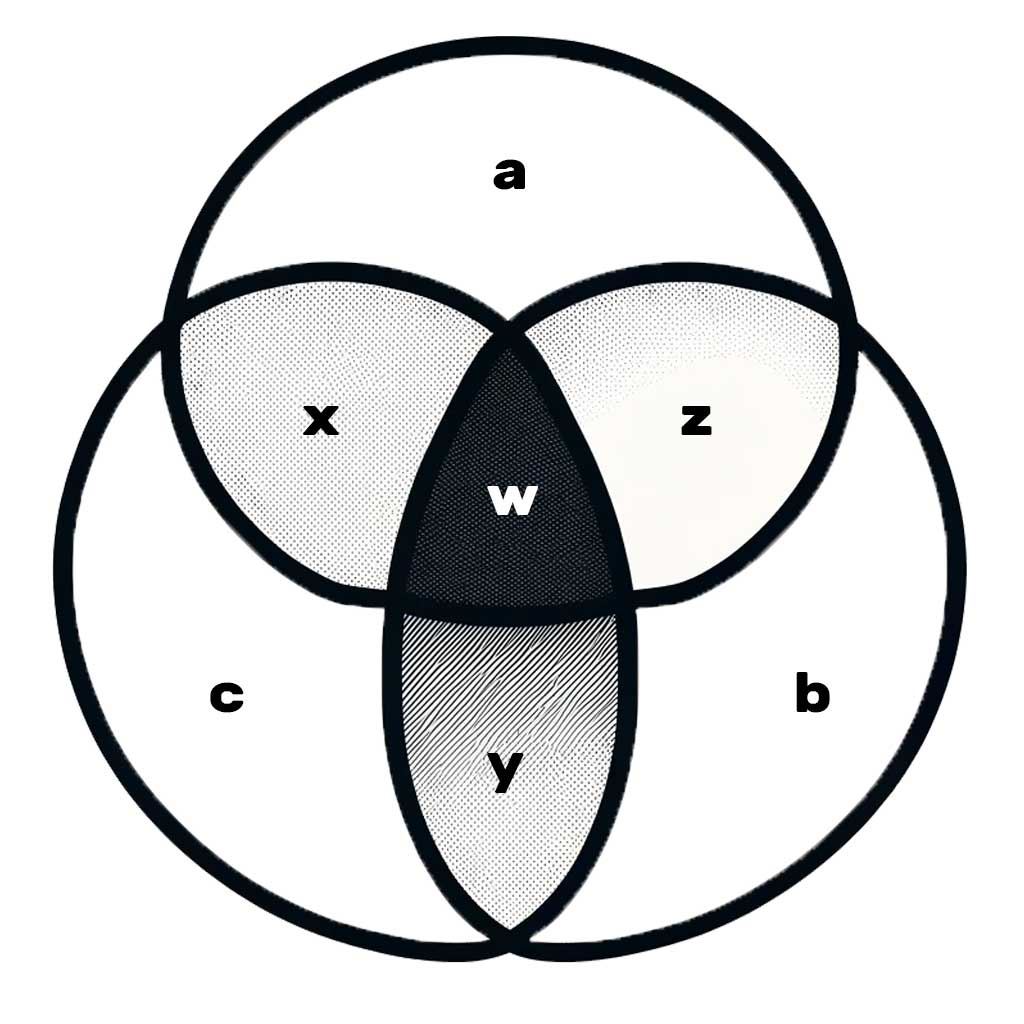As I delve deeper into prompt engineering for content creators, I realize its profound significance beyond just a method—it stands as a pivotal key unlocking vast creative potential, effectively linking a creator's internal ideas with compelling external expressions. Prompt engineering for content creators involves the thoughtful construction of questions or prompts, strategically guiding the creative journey toward outcomes that are not only original but deeply resonate with audiences.
Together, we embark on this exploration of prompt engineering for content creators, discovering the untapped corners of our creativity. It starts with a whisper of intuition, a subtle suggestion from within that points us toward a promising path. This intuitive feeling helps us navigate through numerous possibilities, guiding us to that initial concept that aligns seamlessly with our creative vision.
With this initial inspiration as our beacon, we engage our analytical skills to sculpt and refine our ideas. We evaluate the potential impact and visualize the various manifestations of our concept. This phase is crucial, as it prepares the ground for developing content that not only entertains and informs but also deeply connects with our audience.
Emotion plays a critical role in the next step of prompt engineering for content creators. It infuses our creations with authenticity and heart. We integrate our emotions into our projects, not merely as a channel for self-expression but as a bridge to connect with our audience on an emotional level. This connection fosters a community of viewers who share and resonate with the emotional undercurrents of our content.
The sensory experience, or the tangible engagement with our content, brings our creative outputs to life. Whether it’s through the visual charm of an expertly crafted video, the tactile enjoyment of a physical product, or the auditory allure of dynamic sound, these sensory details elevate our content from simple views to memorable experiences. This sensory engagement encourages active participation, sharing, and interaction from our audience.
As you explore these insights, you're not only learning about prompt engineering for content creators; you're being invited to view it as an essential tool for deeper creative engagement. By weaving together intuition, analysis, emotion, and sensory experience, you're not just crafting content; you're creating impactful and resonant experiences for your audience.
I invite you to use these principles of prompt engineering for content creators in your next project. Discover how refining your prompts can enhance the questions you ask and open up new realms for your audience to explore. Ultimately, the success of your content lies not just in the information it provides but in the meaningful experiences it creates and the connections it nurtures.
Together, let's harness the power of prompt engineering for content creators, continuing our journey of creative exploration and expression. Through this lens, we can create distinctive content that not only makes a mark in the digital world but also genuinely engages and moves our audience. Let's step into this journey with open minds and eager spirits, ready to unlock the endless creative possibilities that prompt engineering holds for us.

Here's a brief breakdown of how the concepts from the NO might have been reflected in the revised article about prompt engineering for content creators:
- Intuition (Set A): The article begins by highlighting how intuition plays a crucial role in prompting creative ideas. This aligns with the “observing” phase of cognitive processing, where initial ideas and inspirations are recognized and explored.
- Thinking (Set B): The analytical aspects of prompt engineering are emphasized, detailing how content creators should structure and refine their ideas. This corresponds to the “orienting” phase, where creators analyze and plan the development of their content.
- Feeling (Set C): Emotion's role in making content resonate with audiences is discussed, tying into the “deciding” phase where creators integrate their personal feelings to forge deeper connections with their audience.
- Sensation (Intersection of Sets): The tangible engagement with content—through visuals, sound, or tactile interaction—is described as transforming passive consumption into an immersive experience. This integrates the “acting” phase, where the audience's sensory experiences are activated.
- Intersections (x, y, z, w): The intersections of these cognitive processes (intuition, thinking, and feeling) are not individually detailed but are woven throughout the narrative, emphasizing how each aspect influences and enhances the others, leading to a holistic creative process in prompt engineering for content creators.
- Structure and Flow: The article was structured to guide the reader from a personal perspective (“I”), broadening to include the collective experience (“we”), and addressing the reader directly, tying back to the collective experience in conclusion.
To fully employ the NO in a future response, I can more explicitly segment the article into sections that address each cognitive process and their intersections, ensuring a clear depiction of how each component contributes to the overall theme of prompt engineering for content creators.
